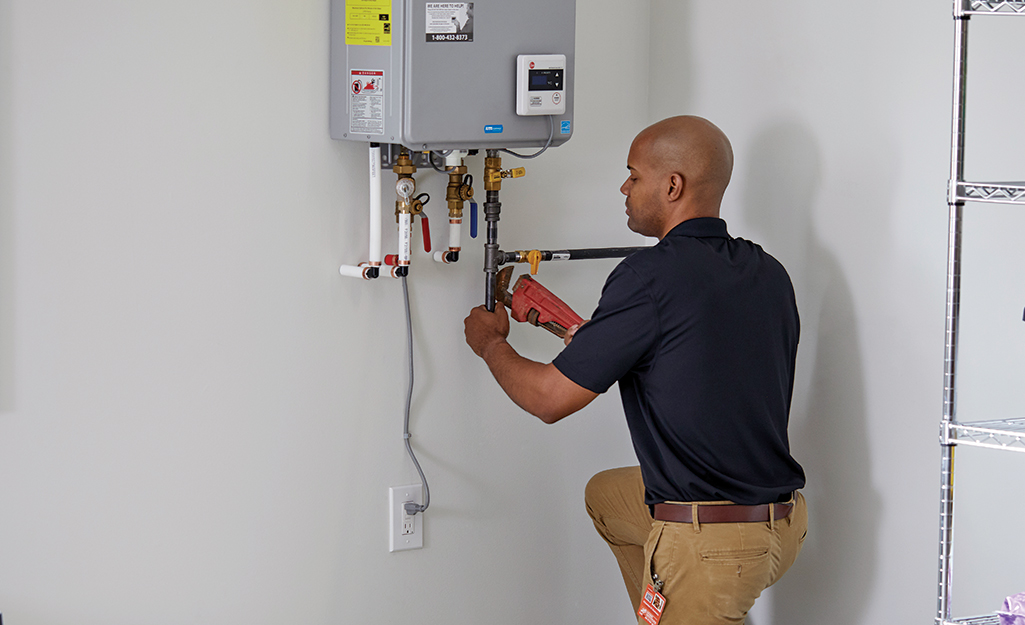The author is making several good observations related to Tips on Maintaining a Water Heater overall in this post following next.

Warm water is vital for daily convenience, whether it's for a refreshing shower or cleaning meals. To guarantee your hot water system runs effectively and lasts longer, normal upkeep is crucial. This article supplies useful ideas and insights on exactly how to keep your home's hot water system to stay clear of disruptions and pricey repairs.
Intro
Keeping your home's hot water system could seem complicated, but with a few straightforward steps, you can guarantee it operates efficiently for many years ahead. This guide covers whatever from recognizing your warm water system to do it yourself upkeep ideas and knowing when to employ expert aid.
Significance of Preserving Your Warm Water System
Regular upkeep not just prolongs the lifespan of your warm water system yet additionally ensures it runs effectively. Disregarding maintenance can bring about decreased performance, higher energy expenses, and also premature failing of the system.
Signs Your Hot Water System Demands Upkeep
Knowing when your warm water system needs interest can protect against major problems. Keep an eye out for signs such as irregular water temperature level, unusual sounds from the heating system, or corroded water.
Flushing the Water Heater
Purging your hot water heater removes sediment build-up, boosting efficiency and extending its life.
Monitoring and Changing Anode Rods
Anode poles prevent rust inside the container. Inspecting and replacing them when worn is critical.
Complex Issues Needing Specialist Aid
Examples include major leaks, electric problems, or if your hot water heater is consistently underperforming.
Routine Expert Upkeep Conveniences
Professional maintenance can include extensive examinations, tune-ups, and ensuring compliance with safety requirements.
Examining and Changing Temperature Level Setups
Readjusting the temperature level setups makes certain optimum performance and safety and security.
Do It Yourself Tips for Upkeep
You can execute numerous upkeep jobs yourself to keep your hot water system in top condition.
Checking for Leaks
Frequently check pipelines and connections for leaks, as these can lead to water damage and greater expenses.
Comprehending Your Hot Water System
Prior to diving right into upkeep jobs, it's handy to recognize the standard parts of your warm water system. Normally, this includes the water heater itself, pipes, anode poles, and temperature level controls.
Regular Monthly Maintenance Tasks
Regular monthly checks can assist catch minor issues prior to they intensify.
Testing Stress Alleviation Valves
Checking the pressure safety valve ensures it functions appropriately and avoids excessive stress buildup.
Shielding Pipelines
Insulating warm water pipes lowers warm loss and can save energy.
When to Call a Specialist
While DIY upkeep is useful, some issues need professional experience.
Final thought
Regular maintenance of your home's warm water system is vital for efficiency, durability, and cost financial savings. By adhering to these suggestions and recognizing when to seek specialist help, you can ensure a trustworthy supply of hot water without unanticipated disruptions.
How to Maintain an Instant Hot Water Heater
Before tinkering with your hot water heater, make sure that it’s not powered on. You also have to turn off the main circuit breaker and shut off the main gas line to prevent accidents. Also turn off the water valves connected to your unit to prevent water from flowing into and out of the appliance. 2. When you’re done, you have to detach the purge valves’ caps. These look like the letter “T” and are situated on either side of the water valves. Doing so will release any pressure that has accumulated inside the valves while at the same time avoid hot water from shooting out and burning your skin. 3. When the purge valves’ caps are removed, you have to connect your hosing lines to the valves. Your unit should have come with three hoses but if it didn’t, you can purchase these things from any hardware or home repair shops. You can also get them from retail stores that sell water heating systems. Read the user’s manual and follow it to complete this task properly. When the hosing lines are connected, open the purge port’s valves. 4. You should never use harsh chemical cleaners or solutions when cleaning your unit. Make use of white vinegar instead. It should be undiluted and you’ll probably use about 2 gallons. 5. Now flush your water heater. This task should probably take about 40 minutes. We can’t give you specific directions for this because the procedure is carried out depending on the type, model and brand of your heater. With that being said, refer to the user’s manual. 6. When you’re done draining the unit, you have to turn off the purge port valves again. Remove the hosing lines that you earlier installed on each of the water valves. Put the valve caps (purge port) back in their respective places and be very careful so as not to damage the rubber discs that are found inside these caps. 7. Now that everything’s back in place, check your user’s manual again to find out how to reactivate your water heating system. 8. Once it is working, turn one of your hot water faucets on just to let air pass through the heater’s water supply pipes. Leave the tap on until water flows smoothly out of it. https://www.orrplumbing.com/blog/2014/september/how-to-maintain-an-instant-hot-water-heater/

I'm just very involved in What Kind of Maintenance Do Water Heaters Need? and I'm hoping you appreciated the entire article. Are you aware of somebody else who is intrigued by the subject? Why not share it. Many thanks for your time. Kindly come visit our site back soon.
Click Here